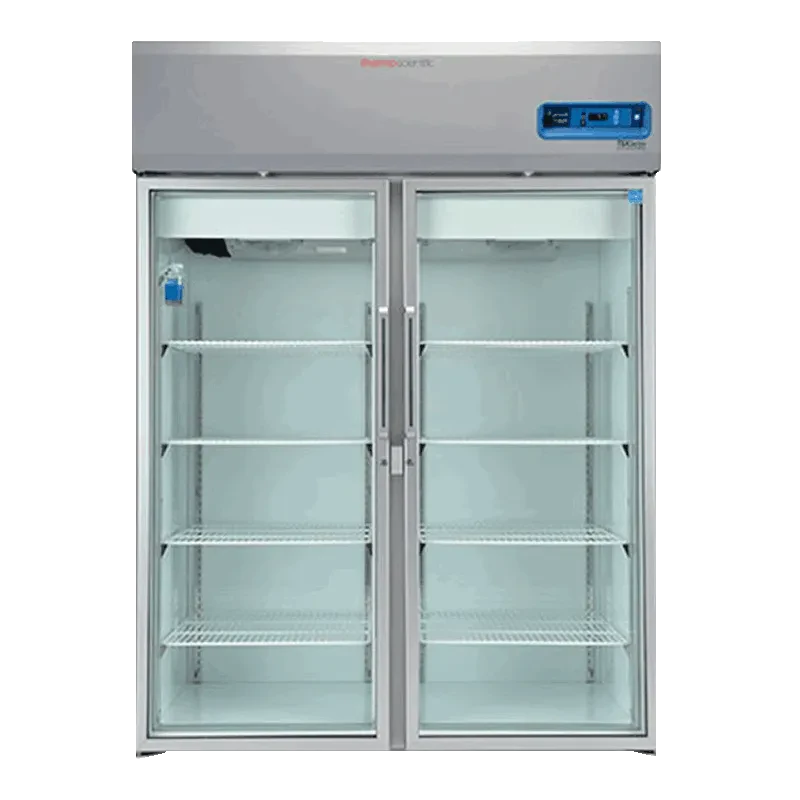When it comes to choosing a lab refrigerator, it’s essential to understand your specific needs. Different labs have varying requirements depending on what they’re storing. Do you need something for biological samples, reagents, or maybe for sensitive pharmaceuticals? Each of these items may have different temperature needs, so knowing exactly what you’ll be keeping inside will help you narrow down your options.
Next, think about the volume of storage you might require. Lab refrigerators come in various sizes, from compact models for small spaces to larger units designed for extensive stock. Take a moment to assess how much space you’ll need. Consider keeping a running inventory of your samples and supplies, so you can choose a refrigerator that can handle your workload without overcrowding.
Another important factor is temperature control. A good lab refrigerator should maintain a consistent temperature, typically between 2°C and 8°C. Look for models that come with alarms or alerts for temperature fluctuations. Those little features can be lifesavers, ensuring that your valuable samples stay safe and sound.
Finally, consider energy efficiency. Labs often run their refrigerators around the clock, so selecting an energy-efficient model can help keep operating costs down. Check for energy ratings and maybe seek out units with eco-friendly features. This part of our lab refrigerator buying guide will help ensure you make a smart investment for both your budget and the environment.
Key Features to Look For
When diving into the world of lab refrigerators, it’s essential to know what features will suit your needs best. Here are some key features to keep in mind while reading our lab refrigerator buying guide:
As you sift through your options, these features can guide you in making a well-rounded decision. A little research now means a lot of satisfaction later on with your purchase! Remember to keep the lab refrigerator buying guide close by as you shop to ensure you're getting exactly what you need.
Choosing the Right Size and Capacity
Here are a few key points to consider:
Also, don’t forget to consider the internal layout. Some lab refrigerators come with adjustable shelves, which can help you maximize the space based on what you’re storing. A well-organized fridge makes it easier to find what you need quickly, which is especially important in fast-paced lab environments.
In this lab refrigerator buying guide, remember that a good fit means more than just dimensions; it’s about creating an efficient workspace that meets your specific storage requirements. Take your time and choose wisely, and you’ll be set for success!
Tips for Maintenance and Care
1. Keep it Clean: Regularly wipe down both the interior and exterior of the refrigerator. Remove any spills and debris to prevent odors and contamination. Make sure to check and clean the drainage pan too, as standing water can lead to mold.
2. Monitor Temperature: Keeping an eye on the temperature is crucial. Use a reliable thermometer or the built-in display to ensure it's always within the recommended range. If you notice any fluctuations, it might be time to consult a technician.
3. Organize the Space: Maximize airflow by not overcrowding shelves, which can affect cooling efficiency. Use bins or trays to keep samples organized and easy to access. This not only helps with temperature management but saves you time when searching for items.
4. Schedule Regular Maintenance: Like any appliance, lab refrigerators benefit from routine check-ups. Consider scheduling professional maintenance at least once a year to identify potential issues early and keep everything in tip-top shape. This proactive approach fits well with any lab refrigerator buying guide, ensuring you make the most of your investment.

